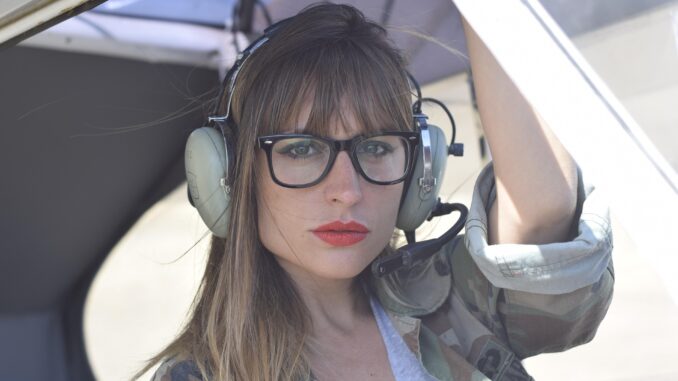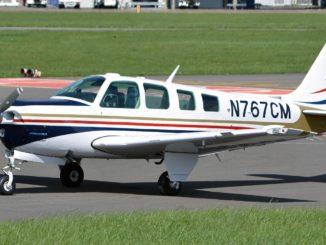
Wings Made of Words
There is something about flight that stirs the imagination long before the wheels leave the runway. Pilots know this feeling well. It begins with the roar of the engine and rises with the arc of the wings above the clouds. What fuels this dream often starts on the page. People who teach themselves often use Zlib, Project Gutenberg and Library Genesis to keep learning about aviation history aircraft mechanics and flying philosophy. Books become checklists of the mind preparing future aviators for the skies above and the questions that only the open air can answer.
General aviation is not just about maps and machines. It is about stories told in cockpit shadows and remembered in the quiet after landing. Pilots often speak of the books that first gave shape to their passion. From memoirs of wartime pilots to fictional tales that follow solitary figures over vast oceans literature keeps aviation grounded in something deeply human.
The Sky in Fiction and Memory
Some of the most enduring flying tales come from those who lived them. “West with the Night” by Beryl Markham reads like poetry carried on jet streams. Her account of flying solo across the Atlantic is less about the record and more about the feel of the wind through the controls. Her voice is strong fearless shaped by experience not theory. She reminds readers that the air speaks its own language and pilots must learn to listen.
On the fictional side books like “The Little Prince” wrap philosophical depth in a child’s gaze. Though written as a fable it carries an emotional altitude few books ever reach. The fox the rose the prince himself—they hover in memory like aircraft on autopilot lingering in the air long after closing the cover. These stories do not just entertain. They offer direction to those chasing a dream with both feet off the ground.
Where Books Become Instruments
Literature has a habit of entering the cockpit even when no one brings a book on board. Pilots often internalize lessons from what they have read. The discipline of checklists the thrill of the unknown the calm in turbulence—these can all be traced back to chapters and pages read under low light or late into the night. Here is where fact and feeling intersect most clearly:
Books That Shape a Pilot’s View
- “Fate Is the Hunter” by Ernest K Gann
Gann’s memoir recounts his journey through both war and commercial aviation. His prose is lean but vivid like the sharp edges of a Cessna’s wing. Every incident he recalls feels soaked in cold air and risk. It becomes a study not only in how to fly but in how to live without guarantees.
- “Stick and Rudder” by Wolfgang Langewiesche
This book remains a flight manual wrapped in metaphor. Langewiesche explains the dance between plane and pilot with precision and poetry. He draws diagrams not just with ink but with insight. Every flyer who reads it walks away knowing a bit more about trust and balance.
- “Jonathan Livingston Seagull” by Richard Bach
Though symbolic the tale of the seagull breaking the rules of his flock to fly higher resonates with every person who dreams of the sky. It teaches that flight is not just physical. It is about pushing boundaries even the ones written in feathers.
These titles do more than inform. They form a logbook of human courage where each entry lifts the spirit and sharpens the mind. This mental elevation carries over into every cockpit whether the journey is thirty minutes or across the Atlantic.
While many aviation students rely on formal training others seek a blend of manual and metaphor. That is where e-libraries step in. Z-lib for example offers access to rare manuals and memoirs that are often out of print. It is not about bypassing the bookstore. It is about reaching into a collective memory of aviation that might otherwise drift out of reach. Access to these stories gives independent learners and seasoned pilots alike a runway of inspiration.
Between Earth and Air
Some stories hover between the technical and the timeless. They may describe a checklist but also capture a storm’s silence before lightning. Pilots have always needed both—the chart and the challenge. Reading about flight becomes a way to rehearse what cannot be rehearsed and to feel prepared even when the sky changes its mind.
The magic lies not in the metal or the altitude but in the marriage of narrative and nerve. Books bring the sky closer. They remind pilots of what they chase beyond the clouds. Reading becomes a form of flight in itself and each chapter a compass turned toward freedom.



